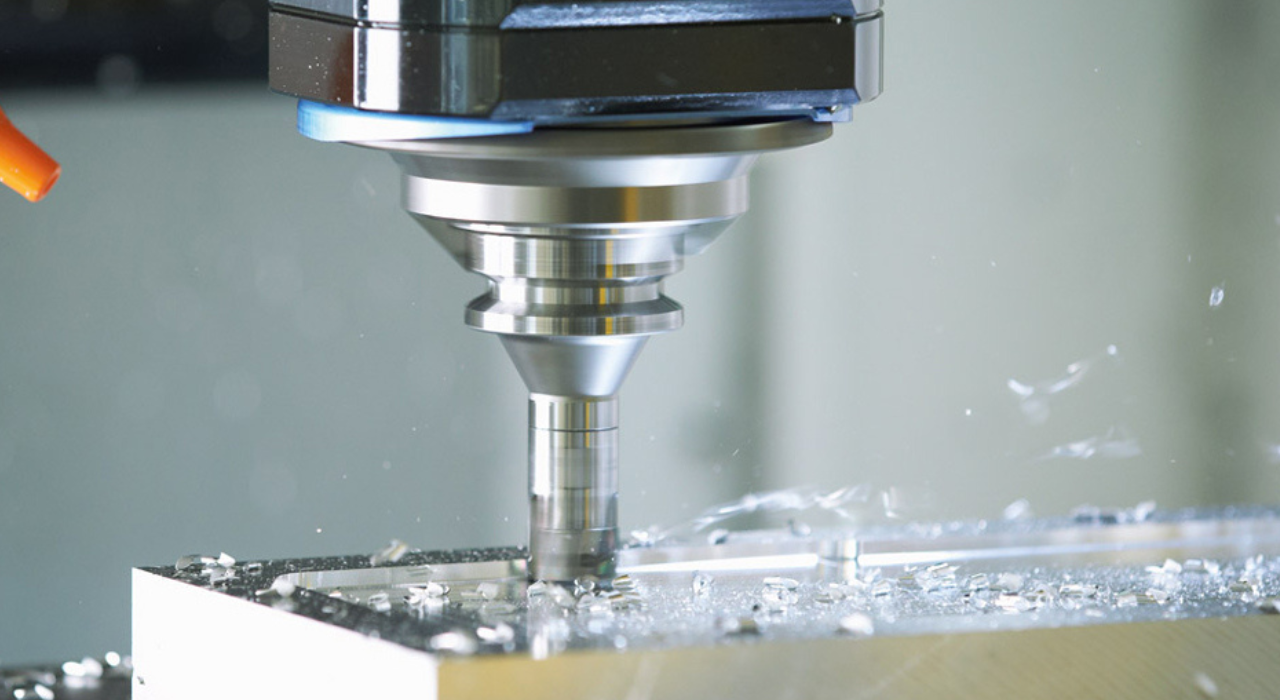CNC (Computer Numerical Control) machining has revolutionized fabricating by robotizing the method of fabric expulsion with exactness and repeatability. Customarily, CNC machining has been utilized for mass generation, where plans are finalized and forms are optimized for productivity and cost-effectiveness over huge generation runs. Be that as it may, the approach of prototype cnc machining has presented a modern measurement of this innovation, centering on fast iteration, flexibility, and cost-effectiveness within the early stages of item improvement.
Conventional CNC Machining: Productivity and Optimization
Conventional CNC machining is characterized by its accentuation on effectiveness and optimization. Producers contribute significant resources in planning and programming CNC machines to realize the most noteworthy conceivable yield per unit of time. This approach is equipped to minimize cycle times, diminish fabric squandering, and maximize machine utilization. In conventional CNC machining, the accentuation lies in accomplishing economies of scale, where the introductory setup costs are amortized over expansive generation volumes.
Key Contrasts between Model and Conventional CNC Machining
Investigate how model CNC machining wanders from its conventional partner. This outline dives into their particular approaches to plan adaptability, taking a toll structure, adaptability, resilience prerequisites, and fabric utilization. Find how each strategy serves interesting parts in fabricating, from optimizing productivity in mass generation to encouraging quick cycles and advancement in item advancement.
Plan Adaptability and Cycle Speed
In model CNC machining, plan changes can be actualized quickly without critical retooling or reconstructing. This adaptability empowers architects to repeat quickly based on real-world testing and client criticism, encouraging quicker item improvement cycles compared to the more inflexible setup of conventional CNC machining.
Fetched Structure and Venture
Conventional CNC machining requires considerable forthright speculation in tooling, programming, and setup costs, which are spread over huge generation volumes to attain cost-effectiveness. Model CNC machining, in differentiation, offers a lower obstruction to section with diminished setup costs, making it more available for small-scale generation and early-stage prototyping ventures.
Volume and Versatility
Conventional CNC machining is optimized for high-volume generation, where economies of scale legitimize the starting setup costs. Model CNC machining, although able to create small batches, is ordinarily not suited for a large-scale generation due to its center on adaptability and iterative improvement instead of maximizing yield volume per unit of time.
Resistance Prerequisites
In conventional CNC machining, tight resistance prerequisites are regularly basic to guarantee reliable quality over expansive generation runs. Model CNC machining moreover keeps up tall exactness but may prioritize speedier turnaround times and iterative enhancements over the strict adherence to contract resistance limits required in mass-generation scenarios.
Fabric Determination and Squander Administration
Conventional CNC machining forms are frequently optimized for particular materials and geometries that maximize device life and minimize squandering. Model CNC machining permits for more experimentation with distinctive materials and geometries, pleasing the shifted prerequisites of early-stage models without the limitations forced by mass generation contemplations.
Iterative Improvement and Adaptability
Model CNC machining, on the other hand, is custom-made for the early stages of item improvement. It prioritizes flexibility and quick cycles over the efficiency-driven goals of conventional CNC machining. The essential objective of model CNC machining is to rapidly create utilitarian models that can be tried and refined iteratively based on input and testing comes about. This approach permits creators and engineers to investigate numerous plan cycles and ideas without committing to the high costs related to conventional mass-generation setups.
Conclusion
Whereas conventional CNC machining exceeds expectations in optimizing productivity and cost-effectiveness for large-scale generation, model CNC machining offers unparalleled adaptability and rapid emphasis capabilities vital for early-stage item improvement. By bringing down boundaries to passage, empowering fast plan changes, and encouraging iterative advancements, model CNC machining plays an urgent part in quickening advancement and decreasing time-to-market for modern items. Both approaches tackle the control of CNC innovation but cater to unmistakable stages of the item lifecycle, highlighting their complementary parts in cutting-edge fabricating procedures.


